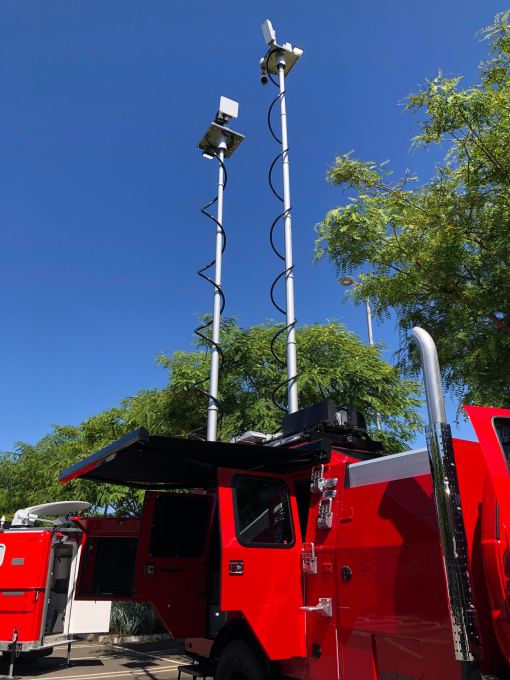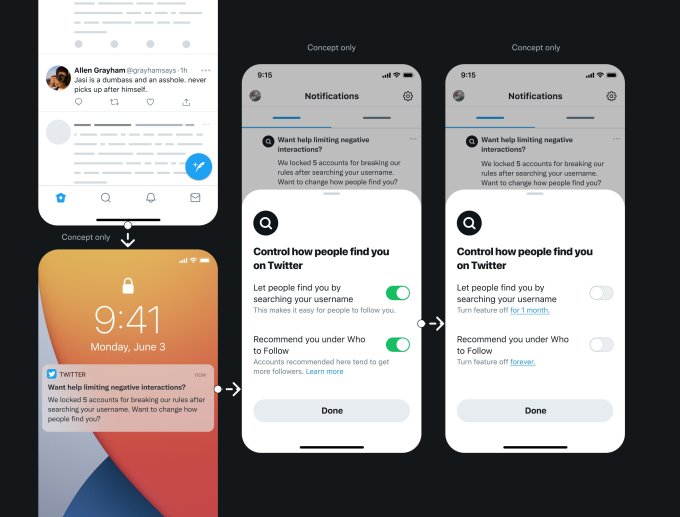News: Gettr, the latest pro-Trump social network, is already a mess
Well, that was fast. Just days after a Twitter clone from former Trump spokesperson Jason Miller launched, the new social network is already beset by problems. For one, hackers quickly leveraged Gettr’s API to scrape the email addresses of more than 85,000 of its users. User names, names and birthdays were also part of the
Well, that was fast. Just days after a Twitter clone from former Trump spokesperson Jason Miller launched, the new social network is already beset by problems.
For one, hackers quickly leveraged Gettr’s API to scrape the email addresses of more than 85,000 of its users. User names, names and birthdays were also part of the scraped data set, which was surfaced by Alon Gal, co-founder of cybersecurity firm Hudson Rock.
“When threat actors are able to extract sensitive information due to neglectful API implementations, the consequence is equivalent to a data breach and should be handled accordingly by the firm [and] examined by regulators,” Gal told TechCrunch.
Last week, TechCrunch’s own Zack Whittaker predicted that Gettr would soon see its data scraped through its API.
Threat actors were able to take advantage of bad API implemented on Trump’s recent social media platform, Gettr (@GettrOfficial).
This allowed them to extract usernames, names, bios, bdays, but most importantly, the emails which were supposed to be private, of over 85,000 users. pic.twitter.com/NsKyz9zHmQ
— Alon Gal (Under the Breach) (@UnderTheBreach) July 6, 2021
The scraped data is just one of Gettr’s headaches. The app actually went live in the App Store and Google Play last month but left beta on July 4 following a launch post in Politico. While the app is meant to appeal to the famously anti-China Trump sphere, Gettr apparently received early funding from Chinese billionaire Guo Wengui, an ally of former Trump advisor Steve Bannon. Earlier this year, The Washington Post reported that Guo is at the center of a massive online disinformation network that spreads anti-vaccine claims and QAnon conspiracies.
On July 2, the app’s team apologized for signup delays citing a spike in downloads, but a bit of launch downtime is probably the least of its problems. Over the weekend, a number of official Gettr accounts including Marjorie Taylor-Greene, Steve Bannon, and Miller’s own were compromised, raising more questions about the app’s shoddy security practices.
Jason Miller’s new right-wing social media site “Gettr” was hacked this morning. pic.twitter.com/cncddw9RZ9
— Zachary Petrizzo (@ZTPetrizzo) July 4, 2021
That incident aside, fake accounts overwhelm any attempt to find verified users on Gettr. That goes for the app’s own recommendations too: a fake brand account for Steam was among the app’s own recommendations during TechCrunch’s testing.
Another red flag: The app’s design is conspicuously identical to Twitter and appears to have used the company’s API to copy some users’ follower counts and profiles. Gettr encourages new users to use their Twitter handle in the sign up process, saying that it will allow tweets to be copied over in some cases (we signed up, but this didn’t work for us). TechCrunch reached out to Twitter about Gettr’s striking similarities and the use of its API but the company declined to comment.
Trumps Gettr website didn’t just copy old Twitter posts it hotlinks to Twitter images! pic.twitter.com/848G6zTXuS
— zedster (@z3dster) July 1, 2021
On mobile, Gettr is basically an exact clone of Twitter — albeit one that’s very rough around the edges. Some of Gettr’s copy is stilted and strange, including the boast that it’s a “non-bias” social network that “tried the best to provide best software quality to the users, allow anyone to express their opinion freely.”
The company is positioning itself as an alternative for anyone who believes that mainstream social networks are hostile to far right ideas. Gettr’s website beckons new users with familiar Trumpian messaging: “Don’t be Cancelled. Flex Your 1st Amendment. Celebrate Freedom.”
“Hydroxycholoroquine works!” Miller shared (Gettr’d?) over the weekend, quoting the former president. “And nobody is going to take down this post or suspend this account! #GETTR.” So far on Gettr, content moderation is either lax or nonexistent. But as we’ve seen with Parler and other havens for sometimes violent conspiracies, that approach can only last so long.
In spite of being widely associated with Trump through Miller and former Trump campaign staffer Tim Murtaugh, the former president doesn’t yet have a presence on the app. Some figures from Trump’s orbit have established profiles on Gettr, including Steve Bannon (84.7K followers) and Mike Pompeo (1.3M followers), but a search for Trump only brings up unofficial accounts. Bloomberg reported that Trump has no plans to join the app. (Given Gettr’s preponderance of Sonic the Hedgehog porn, we can’t exactly blame him.)
The online pro-Trump ecosystem remains scattered in mid-2021. With Trump banned and the roiling conspiracy network around QAnon no longer welcome on Facebook and Twitter, Gettr positioned itself as a refuge for mainstream social media’s many outcasts. But given Gettr’s mounting early woes, the sketchy Twitter clone’s moment in the sun might already be coming to an end.






